Disclosure: This article contains affiliate links. We may earn a commission from purchases at no extra cost to you, which helps our travel content.
Standing at the edge of the Parnassus mountainside, with the morning mist still clinging to the valleys below, I couldn't help but feel a profound connection to the thousands of pilgrims who had traversed these same paths over millennia. As an urban planner by profession, I'm naturally drawn to the ways humans interact with landscapes, but Delphi transcends mere spatial organization—it's a masterclass in how ancient civilizations integrated the sacred with the topographical. Last spring, I abandoned my Belfast office for a week of solo hiking through what the ancient Greeks considered the center of the world. What I discovered was far more than archaeological ruins; I found a network of ancient footpaths that still pulse with the energy of those who sought divine guidance from the Oracle. These trails offer a physical challenge that matches their historical significance—a perfect combination for the adventurous solo traveler seeking both cultural immersion and a proper workout for the quads.
Planning Your Pilgrimage: The Ancient Context
Before lacing up your hiking boots, it's worth understanding exactly what made Delphi such a magnetic destination for ancient Greeks. The site wasn't chosen randomly—it sits at a remarkable geographical juncture where mountain meets sky in dramatic fashion, creating what the ancients perceived as a thin place between mortal and divine realms.
In my city planning work, I've studied how landscapes influence human settlement patterns, but Delphi takes this relationship to another level. The ancient Greeks believed this site was the omphalos—the navel of the world—where Apollo spoke through his priestess, the Pythia. Pilgrims would journey for weeks, sometimes months, to consult the Oracle on matters ranging from political decisions to personal dilemmas.
What fascinates me most is how the physical journey was as important as the destination. The ancient paths to Delphi weren't merely routes; they were transformative experiences designed to prepare the pilgrim mentally and spiritually. Modern hikers can still experience this gradual approach, particularly if you follow the ancient path from Kirra (the ancient port) up through the olive groves to the sanctuary.
Before my trip, I immersed myself in the history by reading the excellent historical guide, which provided crucial context for understanding the ritual significance of the routes I'd be hiking. This background transformed what could have been simple walks into meaningful retracing of sacred journeys.
The ancient paths weren't marked with convenient signposts, of course, so modern hikers need to do some homework. I spent evenings in my Belfast flat poring over topographical maps and archaeological surveys, piecing together the likely routes used by ancient visitors. This preparation became almost meditative—a modern equivalent of the mental preparation ancient pilgrims underwent.
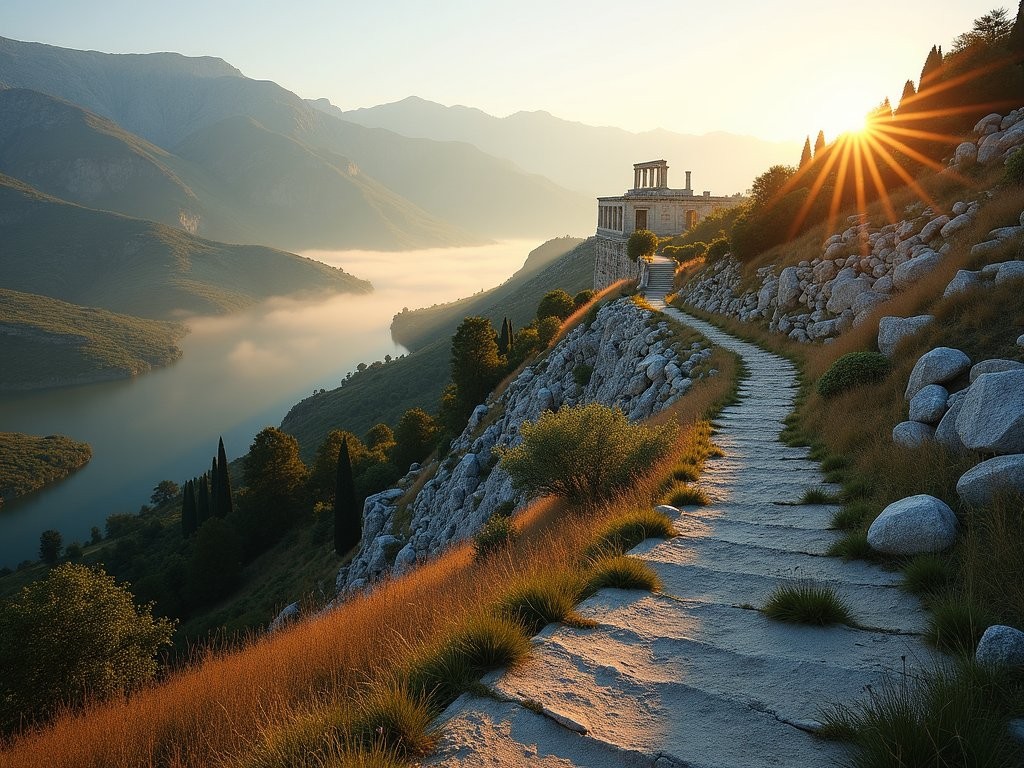
💡 Pro Tips
- Research the Oracle's historical significance before visiting to appreciate the cultural context of your hikes
- Download offline maps of ancient pathways as cell service is unreliable on mountain trails
- Visit the Delphi Archaeological Museum before hiking to understand the landscape's sacred significance
The Ancient Sacred Way: From Sea to Sanctuary
My Delphi adventure began where many ancient pilgrims started their final approach—at the Gulf of Corinth. While the original port of Kirra is now mostly archaeological remains, I began my hike in the modern town of Itea, following what historians believe was the ancient Sacred Way.
The 16-kilometer route ascends over 500 meters through some of Greece's most picturesque olive groves before reaching the sanctuary. What struck me immediately was how the landscape gradually transitions—from coastal Mediterranean to alpine, with vegetation changing subtly as you climb. As a solo female hiker, I felt completely safe on this route, though I did start early (6 AM) to avoid both the heat and the crowds that gather at the archaeological site later in the day.
The path itself varies from well-maintained dirt tracks to occasionally overgrown sections where you'll need to channel your inner mountain goat. My hiking poles proved invaluable on the steeper sections, particularly when navigating loose scree on some of the ancient pathways. The poles also helped distribute weight when I was carrying my day pack loaded with water (bring more than you think you'll need—at least 3 liters for this route).
About halfway up, I stumbled upon what appeared to be ancient paving stones—remnants of the original Sacred Way that once guided processions to the Oracle. Running my fingers along grooves worn by thousands of ancient footsteps created a moment of connection that no museum could replicate.
The final approach to Delphi offers increasingly dramatic views of the Gulf of Corinth spreading out below. I paused frequently, not just to catch my breath in the spring warmth, but to imagine how these vistas must have affected pilgrims who had traveled for weeks to reach this point. The anticipation they must have felt, the mixture of exhaustion and exhilaration, seemed to hang in the air even two millennia later.
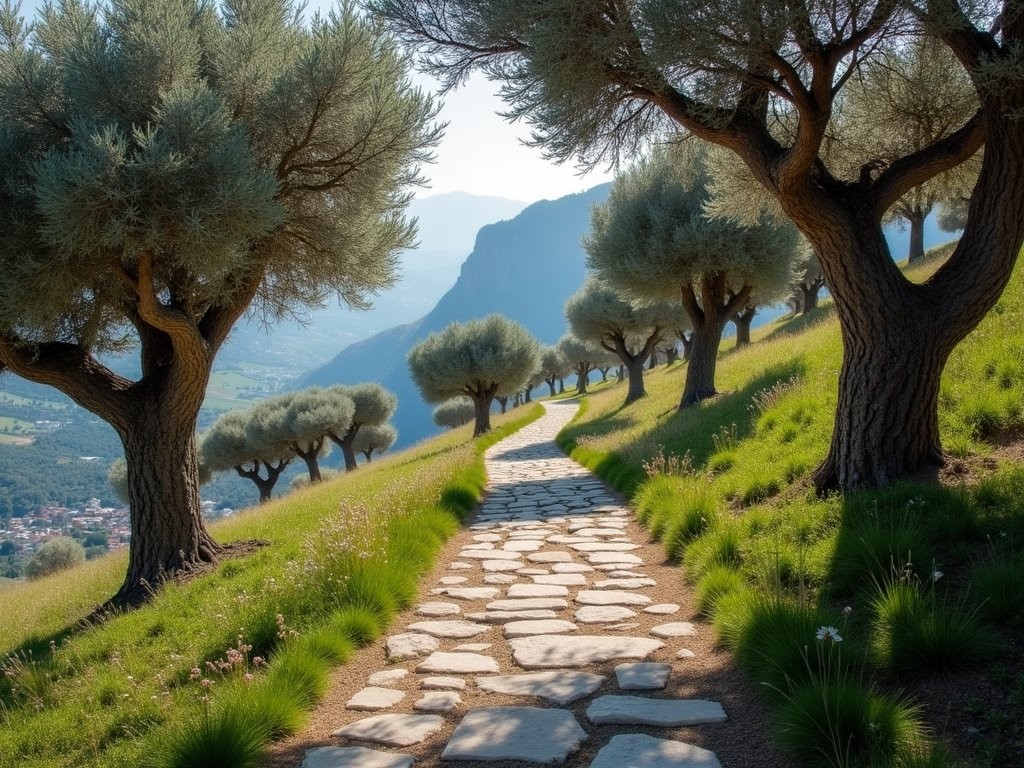
💡 Pro Tips
- Start this hike early (before 7 AM) to avoid the midday heat and crowds at the archaeological site
- Bring at least 3 liters of water as there are few reliable sources along the route
- Look for sections of ancient paving stones about 8km into the hike—they're easy to miss but remarkable to experience
The E4 European Long Distance Path: Delphi's Alpine Challenge
For those seeking a more challenging hiking experience, Delphi offers access to one of Europe's most spectacular long-distance trails. The E4 European Path cuts through the region, offering multi-day trekking opportunities that showcase a completely different side of Greece than the beach-and-island imagery that dominates tourism brochures.
I dedicated two full days to exploring sections of the E4 above Delphi, and they proved to be the most physically demanding but rewarding days of my trip. The trail climbs steeply from the ancient sanctuary up the flanks of Mount Parnassus, quickly leaving the tourist crowds behind. Within an hour of hiking, I encountered only two other hikers—a stark contrast to the bustling archaeological site below.
The E4 route offers a fascinating juxtaposition to the ancient pilgrimage paths. While the Sacred Way was designed for accessibility (albeit with spiritual challenges in mind), the mountain paths above Delphi demand proper alpine hiking experience. In spring, patches of snow still lingered in shaded areas above 1,500 meters, creating a surreal Mediterranean-meets-alpine landscape.
One section particularly stands out in my memory—the traverse between the peaks of Rodini and Kirphi. The narrow path clings to the mountainside, with stomach-fluttering drops to one side and sweeping views across central Greece to the other. On clear days, you can see all the way to the Peloponnese peninsula across the Gulf of Corinth.
For this challenging terrain, I was grateful for my hiking boots which provided crucial ankle support and grip on the loose, rocky sections. This is definitely not terrain for casual footwear.
The botanical diversity along these high paths is remarkable. Spring brings an explosion of wildflowers—delicate purple crocuses, wild orchids, and endemic herbs that release their fragrance with each step. As an amateur enthusiast of urban green spaces, I found myself constantly stopping to photograph plants I'd never encounter in Belfast's managed parks.
For those planning to tackle the full-day high routes, note that water sources are scarce and unreliable. I carried a water filter which proved useful when I found a mountain spring, but still needed to start with at least 3 liters in my pack.

💡 Pro Tips
- Register your hiking plans with your accommodation before tackling the E4 sections, as these trails have limited traffic
- Download the Anavasi topographic maps to your phone as the trail markings can be faded in sections
- Pack layers—even in spring, temperatures at higher elevations can drop suddenly with afternoon winds
The Corycian Cave Circuit: Myths and Mountain Wilderness
Perhaps the most mythologically rich hike in the Delphi region is the circuit to the Corycian Cave—a massive limestone cavern that was sacred to Pan and the nymphs long before Apollo's cult dominated the area. The cave sits about 7 kilometers from Delphi as the crow flies, but the hiking route covers closer to 12 kilometers of undulating terrain.
I set out just after dawn, my backpack loaded with essentials for a full day in the mountains. The trail begins behind the ancient gymnasium, following ancient cobblestones before transitioning to a shepherd's path that winds through pine forests and rocky meadows. What makes this route particularly special is how it combines natural wonders with lesser-known archaeological sites that most visitors to Delphi never see.
About two hours into the hike, I passed the remains of ancient guard towers that once protected the mountain passes—a reminder that these spiritual landscapes were also strategically important. The signage is minimal, so I relied heavily on my hiking GPS which I had preloaded with the route coordinates. While traditional paper maps are available in Delphi town, the GPS provided peace of mind when trail markers became sparse in the more remote sections.
The cave itself is a yawning entrance in the mountainside, measuring about 60 meters wide and plunging deep into the earth. Archaeological excavations have uncovered thousands of votive offerings left here over centuries, from Neolithic times through the Roman era. Standing at the entrance, I could understand why ancient people considered this a dwelling place of gods—the cool air flowing from the darkness, the dramatic rock formations, and the sudden silence create an atmosphere of otherworldliness.
As an urban planner, I'm fascinated by how ancient peoples integrated natural features into their spiritual infrastructure. The Corycian Cave wasn't modified with elaborate constructions like the Delphi sanctuary below—its natural formation was considered perfect as it was, requiring only the addition of altars and offering sites.
The return journey offers a choice—retrace your steps or complete a loop that passes through alpine meadows and the tiny village of Arachova. I chose the latter, adding about 5 kilometers but gaining a comprehensive understanding of the landscape that contextualizes Delphi. The descent through pine forests offered welcome shade and the opportunity to spot local wildlife—I was lucky enough to glimpse a pair of golden eagles circling overhead, riding the thermals rising from the valley.
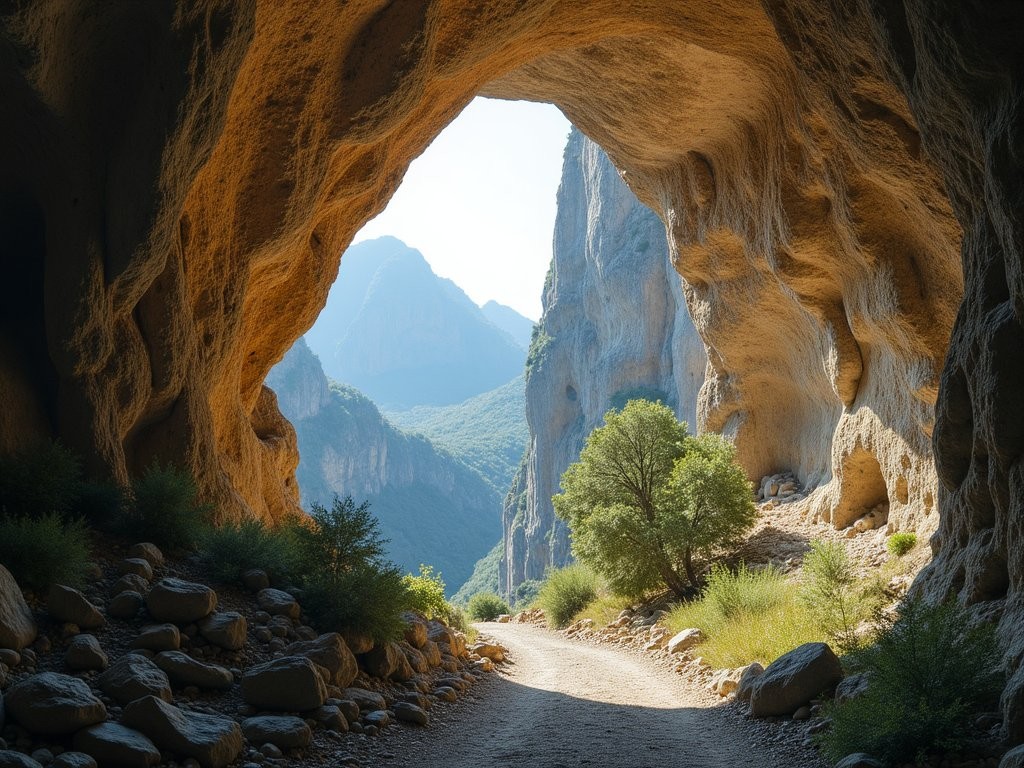
💡 Pro Tips
- Bring a headlamp if you plan to explore even the entrance area of the cave—it gets dark quickly beyond the mouth
- Start this hike no later than 8 AM if completing the full loop, as it requires 6-7 hours for most hikers
- The trail crosses several shepherd's properties—respect gates and livestock you encounter
Practical Survival Tips: The Modern Pilgrim's Guide
While following ancient paths holds romantic appeal, the practical realities of hiking in the Delphi region require careful planning—especially for solo travelers. After a week of daily hikes ranging from moderate to challenging, I've compiled essential advice that goes beyond the basic guidebook recommendations.
First, accommodation logistics: I based myself in modern Delphi town (officially called Delfoi) rather than the more touristy Arachova nearby. This proved advantageous for early morning starts, as I could walk directly from my guesthouse to several trailheads without needing transportation. The town is small but offers sufficient amenities—several family-run guesthouses, tavernas with hearty mountain cuisine, and a couple of small markets for trail provisions.
Water management is crucial in this region. The Mediterranean sun is deceptively intense, even in spring when temperatures might seem moderate. The combination of altitude, exposure, and dry air increases dehydration risk significantly. I carried a 2-liter hydration bladder plus two 1-liter bottles for longer routes. Most importantly, I mapped reliable water sources before each hike—they're surprisingly scarce on some routes.
Navigational challenges deserve special mention. While the main archaeological site is impeccably maintained with clear signage, the hiking trails vary dramatically in how well they're marked. The Sacred Way from Itea and portions of the E4 have reasonable waymarking (look for red or black paint marks on rocks), but many connecting paths rely on cairns (stone piles) that can be difficult to spot in certain light conditions. I wouldn't attempt the more remote routes without both paper maps and digital navigation backup.
Solo safety considerations were always in my mind, particularly as a woman hiking alone. I found the region extremely safe in terms of human encounters—local shepherds and the occasional other hikers were universally respectful and often helpful. The greater risks come from the environment itself—loose scree on steep sections, sudden weather changes, and the remoteness of some trails. I always carried an emergency blanket, basic first aid supplies, and a personal locator beacon which provides two-way text messaging and SOS functionality even without cell service.
Finally, timing your visit is critical. Spring (April-May) offers the perfect balance of moderate temperatures, abundant wildflowers, and relatively dry trails. Earlier in spring, snow can still block higher routes, while summer brings scorching temperatures that make extended hiking dangerous. The archaeological site gets crowded with tour buses between 10 AM and 4 PM, so plan your visits to the ruins for very early morning or late afternoon.

💡 Pro Tips
- Register your hiking plans with your accommodation host each day—local knowledge is invaluable and provides a safety check
- The best hiking maps are produced by Anavasi and available in Athens or online—the tourist maps sold in Delphi lack sufficient detail for serious hiking
- Cell service is surprisingly good on mountain peaks but non-existent in valleys—don't rely on it for emergency communication
Cultural Connections: Villages and Cuisine of the Mountain Paths
The hiking experience around Delphi isn't limited to ancient ruins and natural wonders—the living culture of the region provides equally meaningful encounters. The mountain villages that dot the landscape offer windows into a way of life that has evolved over centuries while maintaining connections to ancient traditions.
Arachova, often called the 'winter Mykonos' due to its popularity with Greek skiers, sits dramatically on the slopes of Mount Parnassus about 10 kilometers from Delphi. While it has embraced tourism, it retains authentic character in its narrow winding streets and traditional stone architecture. Several hiking paths connect Delphi to Arachova, making it a perfect destination for a day hike with a cultural reward at the end.
What particularly captivated me were the smaller, less touristed villages like Chryso and Kastriotissa. Accessible via connecting paths from the main hiking routes, these hamlets seem frozen in time, with elderly residents sitting in village squares and shepherds bringing their flocks down from mountain pastures in the evening. In Chryso, I was invited to join a group of local women preparing traditional pites (savory pies) with wild greens they had foraged that morning from the very paths I had been hiking.
The cuisine of the region deserves special mention for hikers. Unlike the seafood-dominant diet of the islands, mountain Greek cuisine features hearty dishes designed to fuel hard physical work—perfect for replenishing energy after long hikes. Every evening, I sought out different local specialties: roasted lamb with mountain herbs, gigantes beans in rich tomato sauce, and my favorite discovery—a local pasta called trahanas served with crumbled feta and wild mushrooms.
One memorable culinary experience came after completing the challenging E4 section. Exhausted and famished, I stumbled into a tiny taverna in Delphi town that had no English menu. The elderly proprietor, seeing my condition, simply nodded and disappeared into the kitchen. What emerged was a feast of mezedes (small dishes) featuring ingredients sourced entirely from the mountains: wild boar sausage, foraged greens, local cheese, and honey from hives positioned to capture the essence of mountain herbs. This wasn't food designed for tourists—it was the authentic sustenance of the region.
The local markets also provided insight into the agricultural traditions that have sustained these communities for generations. Every Friday, farmers from surrounding villages gather in Amfissa (about 20 kilometers from Delphi) to sell produce, cheese, and the famous Amfissa olives that grow in the valley below. I made a point of visiting this market to stock up on trail provisions—dried figs, local nuts, and sheep's milk cheese that could withstand a day in my backpack.
What struck me most was how these cultural elements aren't separate from the hiking experience but integral to understanding the landscape. The paths I walked weren't just routes through pretty scenery—they were lifelines connecting communities, trading routes with histories spanning millennia, and the daily commutes of shepherds and farmers who still work this land.
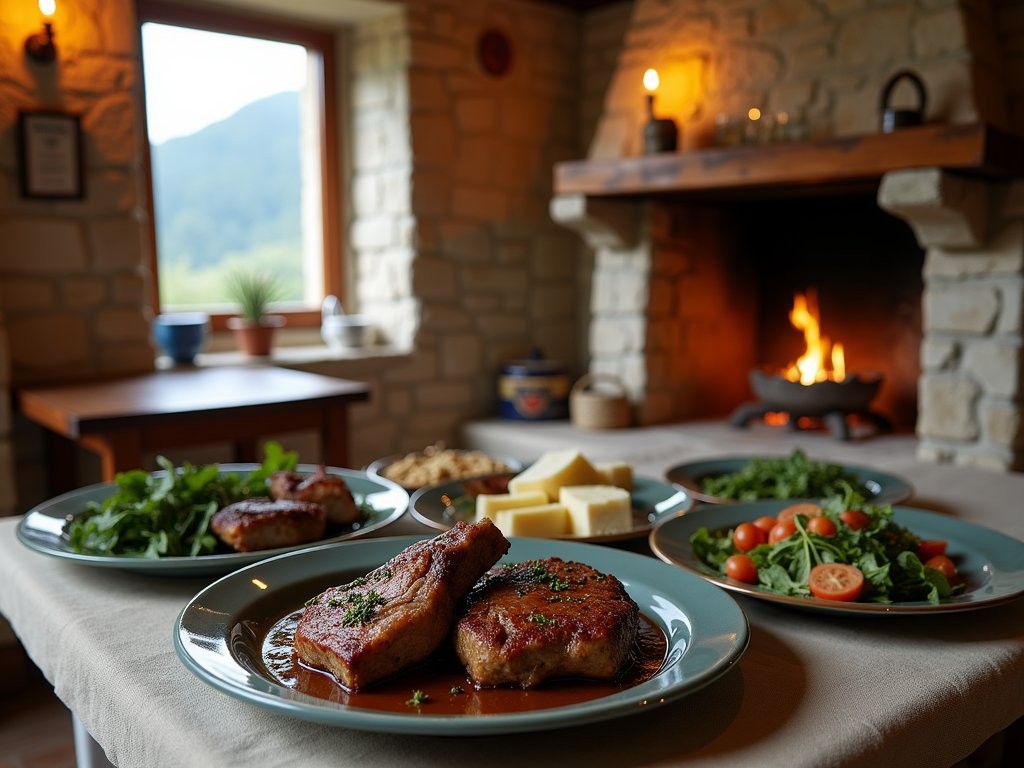
💡 Pro Tips
- Learn a few Greek phrases—even basic greetings open doors to authentic interactions in smaller villages
- Visit the Friday market in Amfissa for the best local provisions for your hikes
- Ask locals about seasonal festivals—many ancient traditions continue in modern form, particularly around spring equinox and harvest times
Final Thoughts
As my week in Delphi drew to a close, I found myself standing once more at the Temple of Apollo, watching the last light of day transform the marble columns to gold. The ancient pilgrims came seeking answers from the Oracle, but my own pilgrimage had given me something different—questions. Questions about how we move through landscapes, how paths connect us not just to places but to those who walked before us, and how the act of physical journey changes us in ways no static visit ever could.
The trails of Delphi offer more than exercise or scenic views; they provide a rare opportunity to physically connect with history through the soles of your boots. For the solo traveler willing to venture beyond the archaeological site, these ancient paths reveal a Greece that exists beyond the postcard images—a Greece of shepherd's trails, mountain villages, and landscapes that have shaped human experience for millennia. Lace up your boots, fill your water bottles, and follow where the ancient pilgrims led. The Oracle no longer speaks, but the mountains around Delphi still have much to tell those willing to listen with their feet.
✨ Key Takeaways
- The most rewarding Delphi experience combines the archaeological site with hiking the ancient approach routes
- Spring offers the ideal balance of moderate temperatures, wildflowers, and manageable trail conditions
- Solo hiking is safe but requires proper navigation tools and preparation for changing mountain conditions
📋 Practical Information
Best Time to Visit
Mid-April to late May
Budget Estimate
€40-60/day excluding flights
Recommended Duration
5-7 days
Difficulty Level
Moderate To Challenging

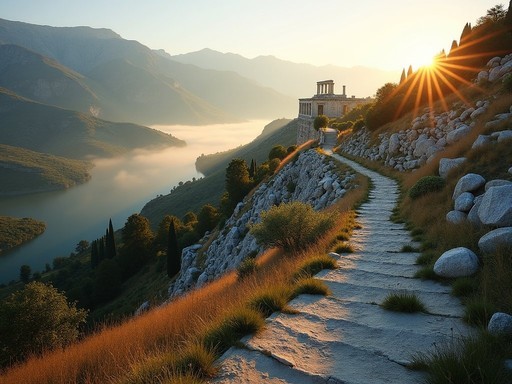
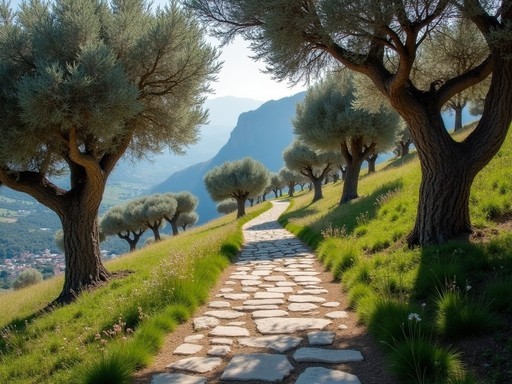

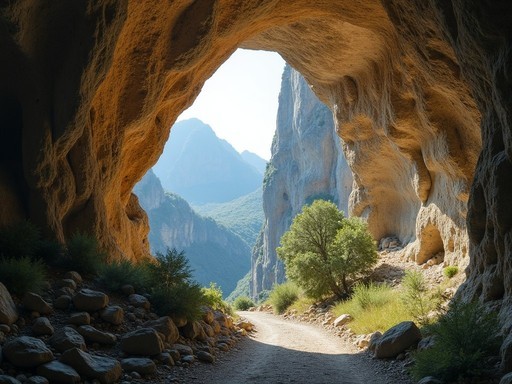
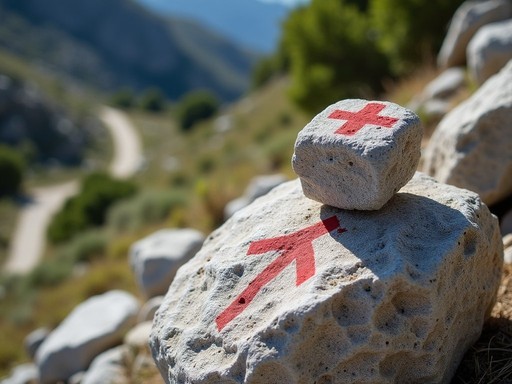



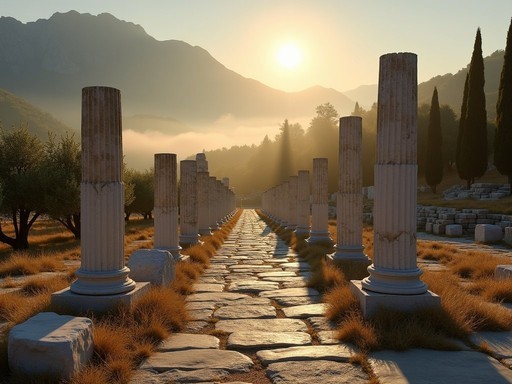




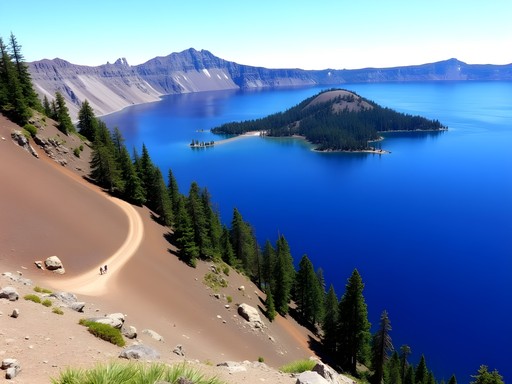


Comments
winterclimber
That shot of the Temple of Apollo at sunset is incredible! The light in Greece has a quality unlike anywhere else I've been. Did you use any special camera settings to capture that golden glow?
Jean Shaw
Thank you! No special settings really - just got lucky with perfect timing about 20 minutes before sunset. The light in Greece does all the work for you!
sunnyexplorer
Just got back from Greece last month and did the Corycian Cave hike! Jean, your description of the mist in the valley is spot on - we had the same experience and it felt magical. One thing to add for others planning this trip: the bus schedule to/from Delphi can be limited, so check times carefully if you're not driving. We stayed at Pitho Hotel which was perfect location for early morning starts on the trails. The museum in Delphi is also worth visiting before hiking - it gives so much context to what you're seeing on the ancient paths.
Hannah Woods
This brought back wonderful memories of my time in Delphi. For anyone planning to follow Jean's footsteps, I'd recommend staying at least 3 nights in the area to fully appreciate these trails. The small village of Delphi offers surprisingly good accommodations, and the morning light on the ruins is worth adjusting your schedule for. One practical tip: the weather can change quickly on Mount Parnassus, even in summer. I've been caught in sudden afternoon thunderstorms in June! Layer appropriately and start early. The local taverna Epikouros makes for a perfect post-hike meal - their lamb dishes are divine after a day on the trails.
sunsetstar
Thanks for the taverna recommendation! Just saved it for our trip.
triprider
Love this! Planning a Greece trip for next summer and definitely adding these hikes to the itinerary!
Gregory Boyd
Jean, your description of the spiritual dimension of hiking these ancient paths resonates deeply with my experience there last autumn. The juxtaposition of physical exertion against the backdrop of such profound historical significance creates a unique form of meditation. I'd add that timing is everything at Delphi - the archaeological site gets incredibly crowded mid-day with tour buses, but the hiking paths remain relatively quiet. I found carrying my trekking poles essential for the steeper descents, especially on the loose gravel sections of the E4. Did you venture to any of the lesser-known paths around Arachova? There are some spectacular circuits there as well.
summerninja
How difficult would you rate these trails for someone who's in decent shape but not an experienced hiker? Thinking about taking my mom (she's 65 but pretty active) when we visit Greece next year.
winterclimber
Not the author, but I'd say the Sacred Way is totally doable for active seniors. It's well-maintained with some steps and moderate inclines. The E4 path is more challenging - I'd skip that one. The Corycian Cave trail is moderate - just take it slow and bring hiking poles for the steeper sections.
summerninja
Thanks so much! That's really helpful. We'll definitely try the Sacred Way and maybe the cave trail if she's feeling up to it.
coffeeguy
I hiked the E4 path last spring and it was incredible. That section near Delphi is challenging but so worth it. The views of the Gulf of Corinth on a clear day are unmatched. Jean, you really captured the spiritual essence of walking these ancient routes. Did you happen to visit the Corycian Cave early or late in the day? We went midday and it was pretty crowded.
Jean Shaw
Thanks! I visited the cave early morning, around 7:30am, and had it almost entirely to myself. The light was magical and the silence really added to the mystical atmosphere.
coffeeguy
Early morning is definitely the way to go then! Will remember that for next time.
sunsetstar
Those photos of the morning mist over the valley are absolutely breathtaking! Adding Delphi to my bucket list right now.
Nicole Russell
Jean, this post is pure poetry! Your description of that misty morning view from Parnassus took me right back to my own journey there. I solo hiked Delphi last autumn and had a similar spiritual experience. There's something about walking those ancient paths that makes you feel connected to everyone who's ever made that journey before. One tip for anyone going: the temperature drops significantly as you climb, even in summer. I started in shorts and a t-shirt and was grateful for my packable down jacket by the time I reached the higher elevations. Also, the small museum in town is often overlooked but contains some fascinating artifacts from the ancient pilgrimage routes. Jean, did you get a chance to visit the spring of Castalia? That was a highlight for me - sitting by those waters where the ancient Oracle would purify herself before prophecies felt incredibly special.
Jean Shaw
Thank you for your kind words, Nicole! And yes, I did visit Castalia - such a powerful place. I went early morning before most tourists arrived and had it almost to myself. I completely agree about the layers too - the mountain weather is incredibly changeable!
escapetime
Did you hire a guide or did you explore the trails independently? Wondering if a guide is necessary.
Nicole Russell
Not Jean, but I can chime in! I hiked Delphi solo last year and found the main trails well-marked enough to go without a guide. That said, having a local guide for at least one day really enriched my experience - they know all the myths and can point out plants and historical details you'd otherwise miss. There's a wonderful guide named Dimitris in the village who specializes in the mythology of the region!
Venture X
Premium card with 2X miles, $300 travel credit, Priority Pass